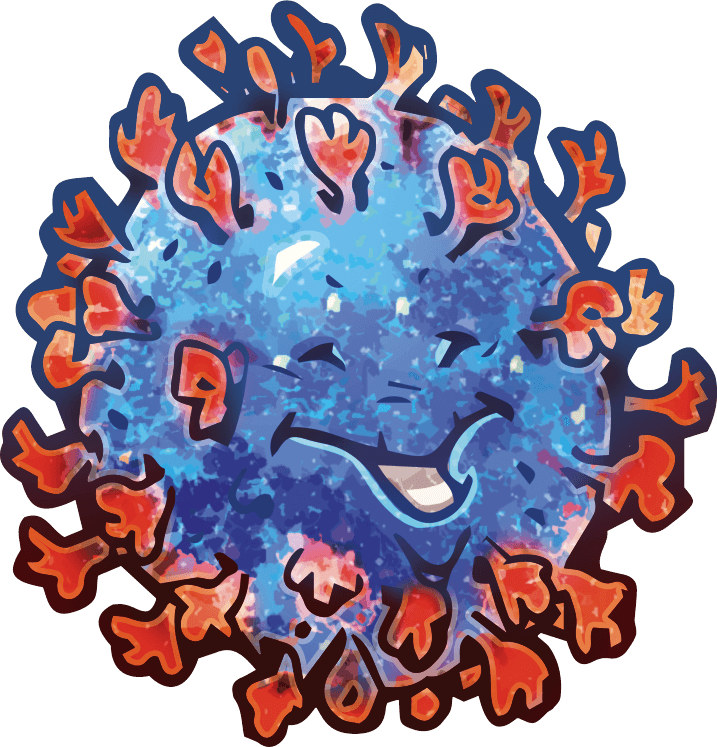The SARS-CoV-2 pandemic
SARS-CoV-2 was discovered in the Wuhan region of China in December 2019. It most often causes asymptomatic infection or flu-like illness characterized by fever, myalgia, arthralgia, severe fatigue and sometimes disturbances in taste (dysgeusia5) or smell (anosmia6). Unfortunately, it too often causes major respiratory damage with bilateral viral pneumonia requiring administration of oxygen and sometimes assisted ventilation in intensive care. It can also cause a hyperinflammatory and hypercoagulable condition causing venous thrombosis7 or pulmonary embolism8. The disease is also characterized by late complications (cutaneous vasculitis, cardiac involvement, meningoencephalitis, etc.).





